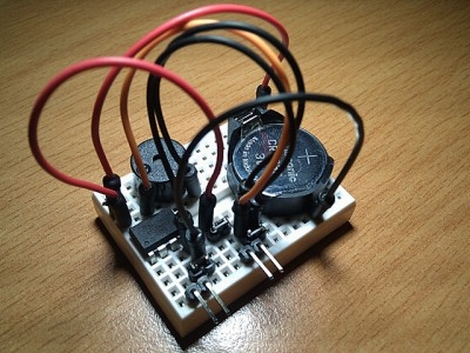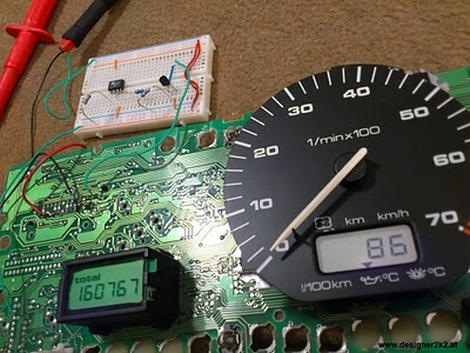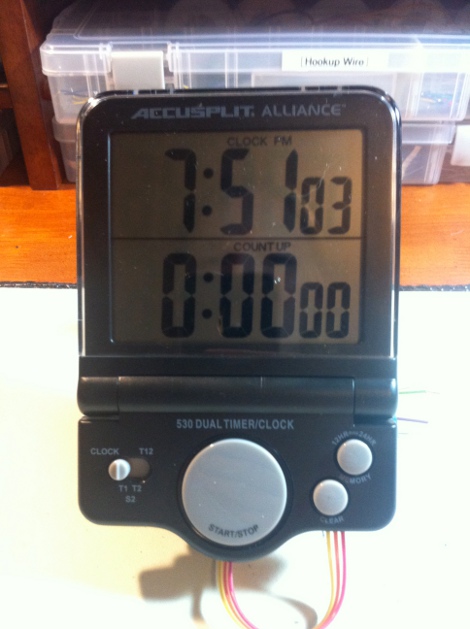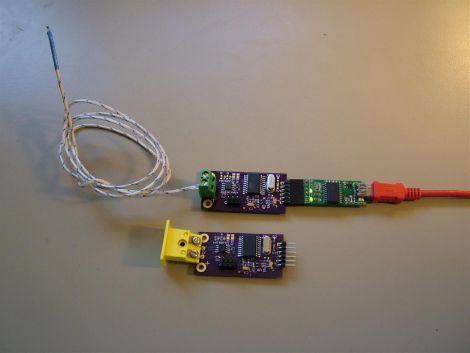
It seems that [pppd] is always rushing out of his apartment to catch the bus, and he finds himself frequently questioning whether or not he remembered to lock the door. He often doubles back to check, and while he has never actually forgotten to lock the door, he would rather not deal with the worry.
Since he finally had some free time on his hands, he decided to put together a simple device that would help end his worry once and for all. Using an ATtiny13, [pppd] designed a circuit that would detect when his door has been unlocked and opened, beeping every few seconds until the lock is reengaged. The circuit relies on a reed switch installed inside the door frame, which is tripped by the magnet he glued to his door’s deadbolt.
He says that the system works well so far, though he does have a few improvements in mind already.


















